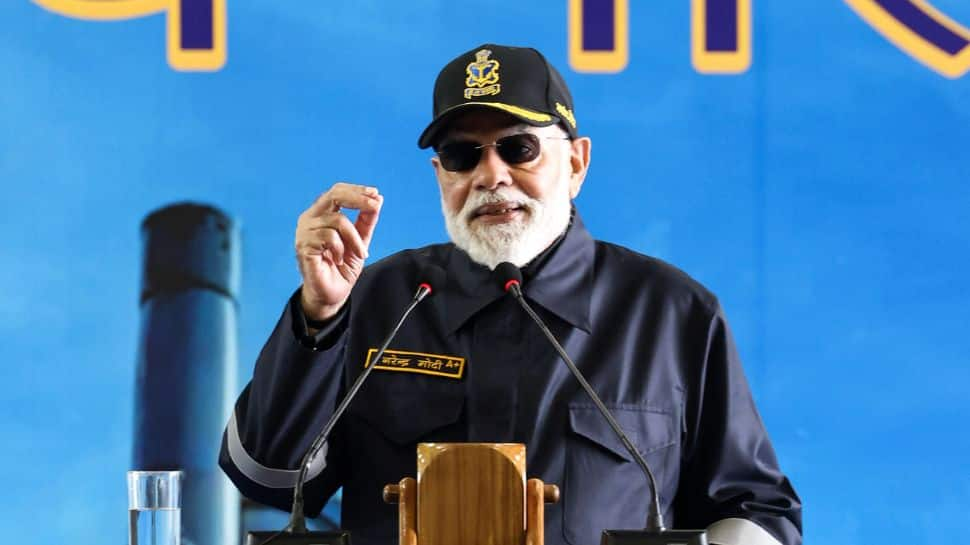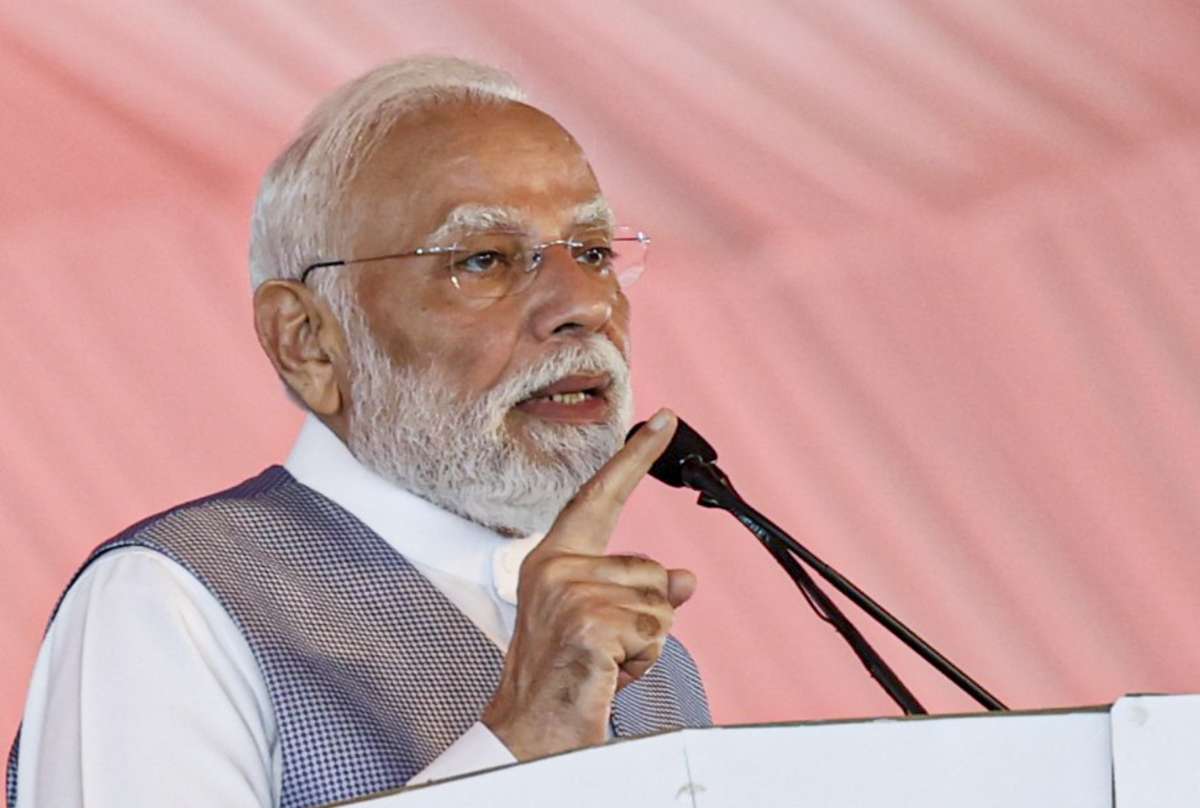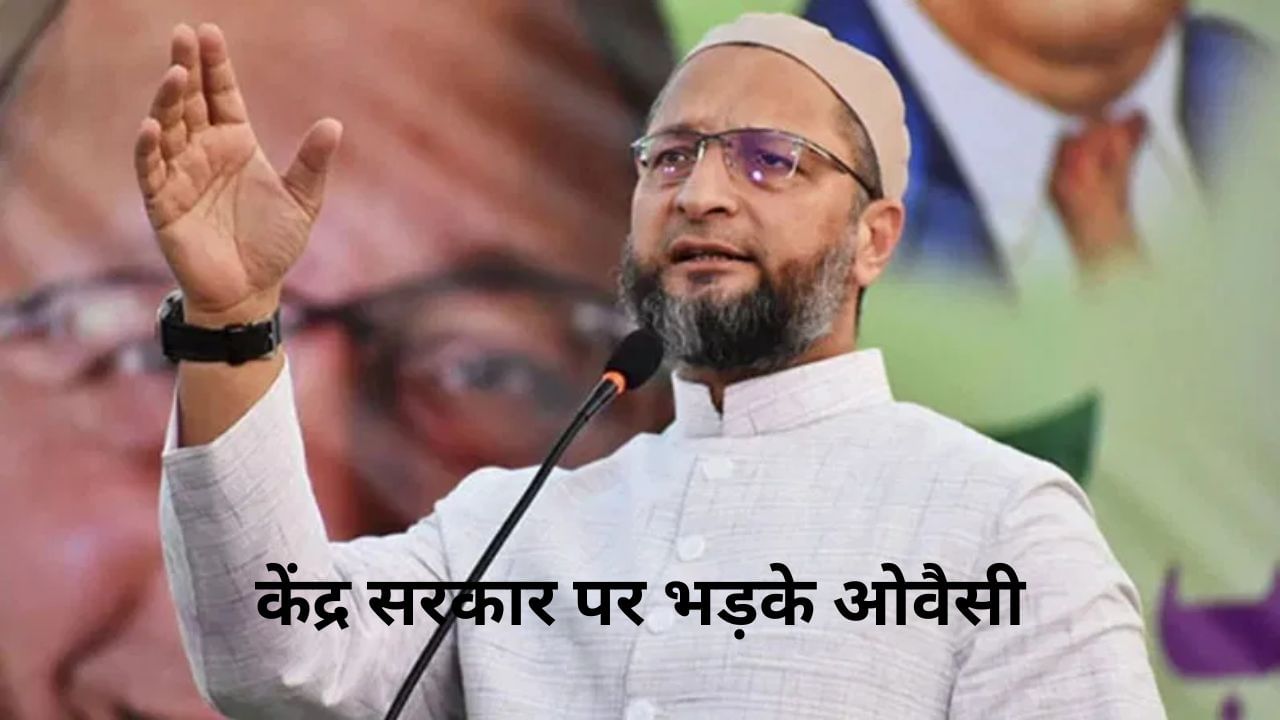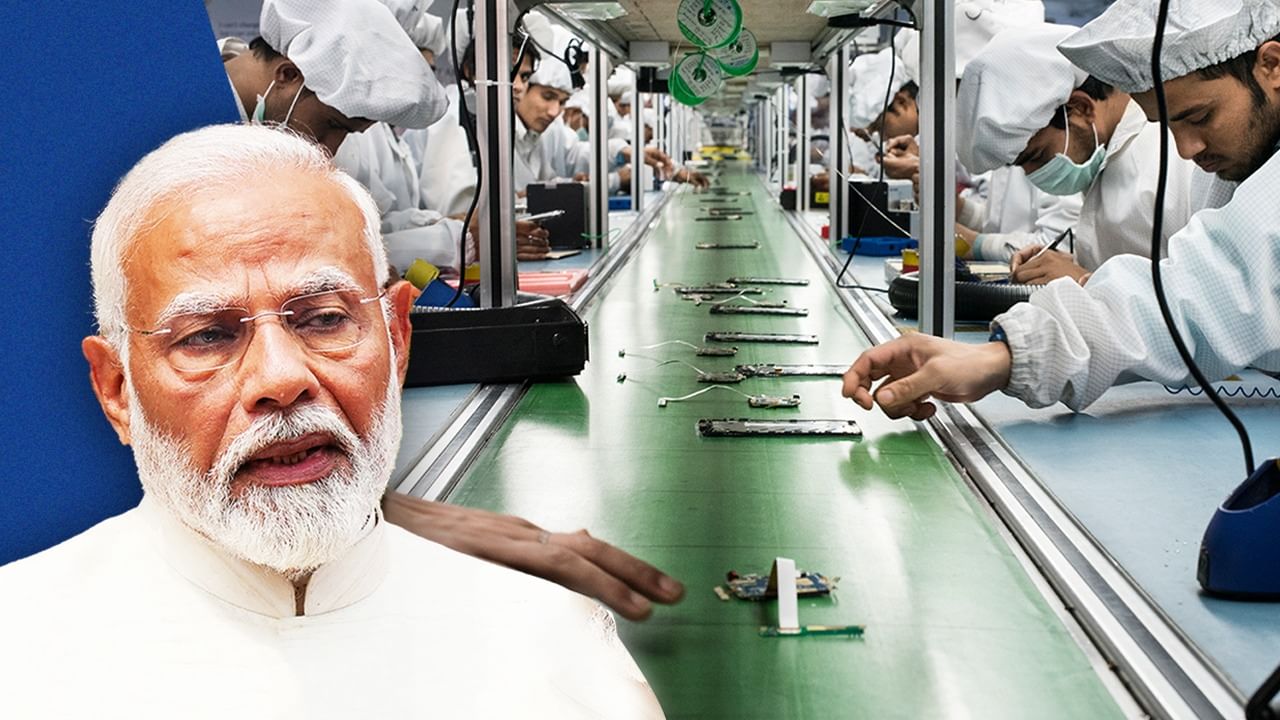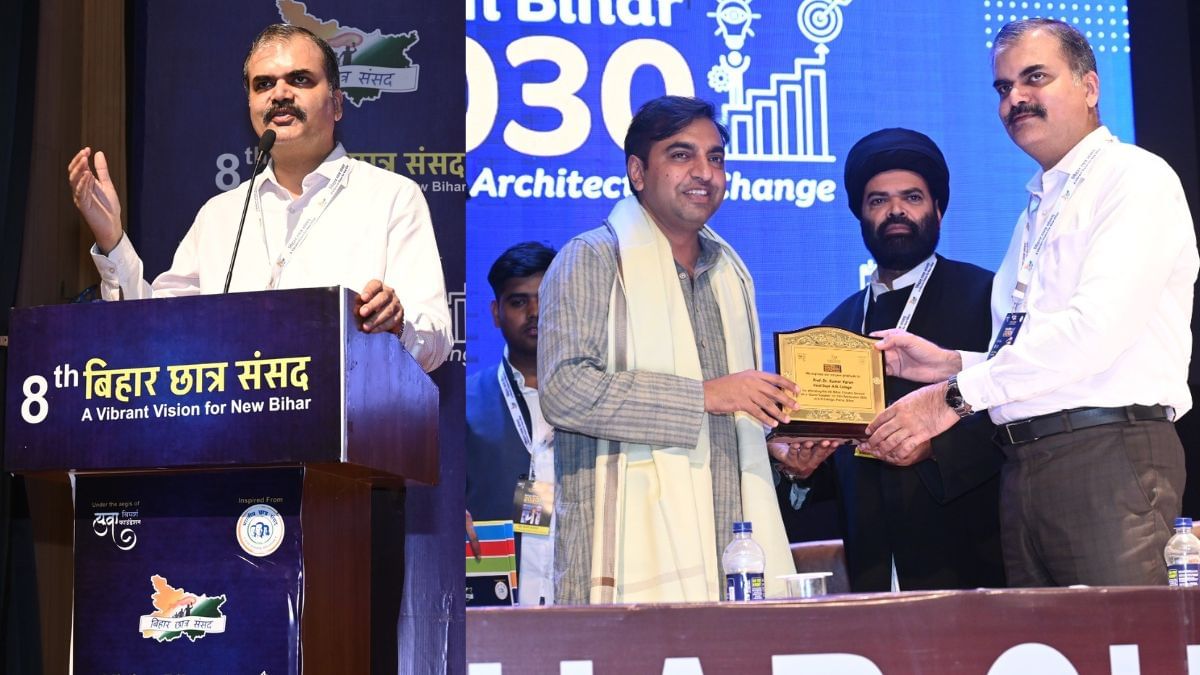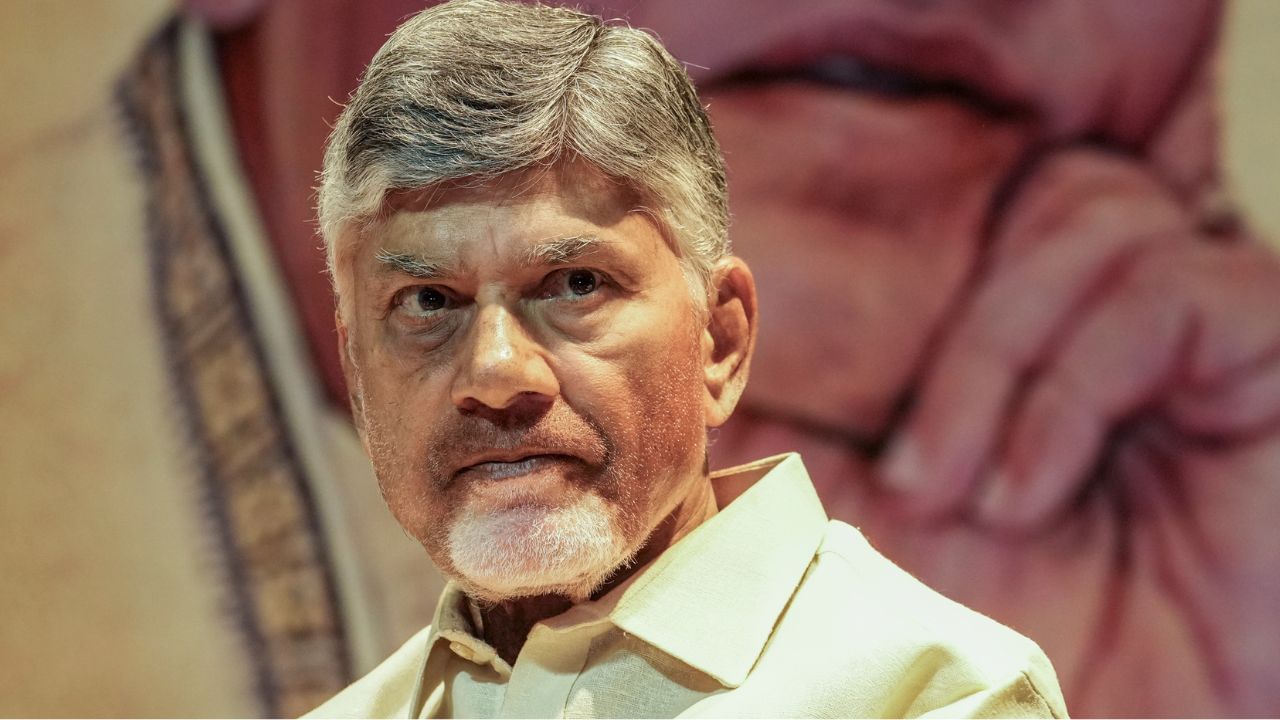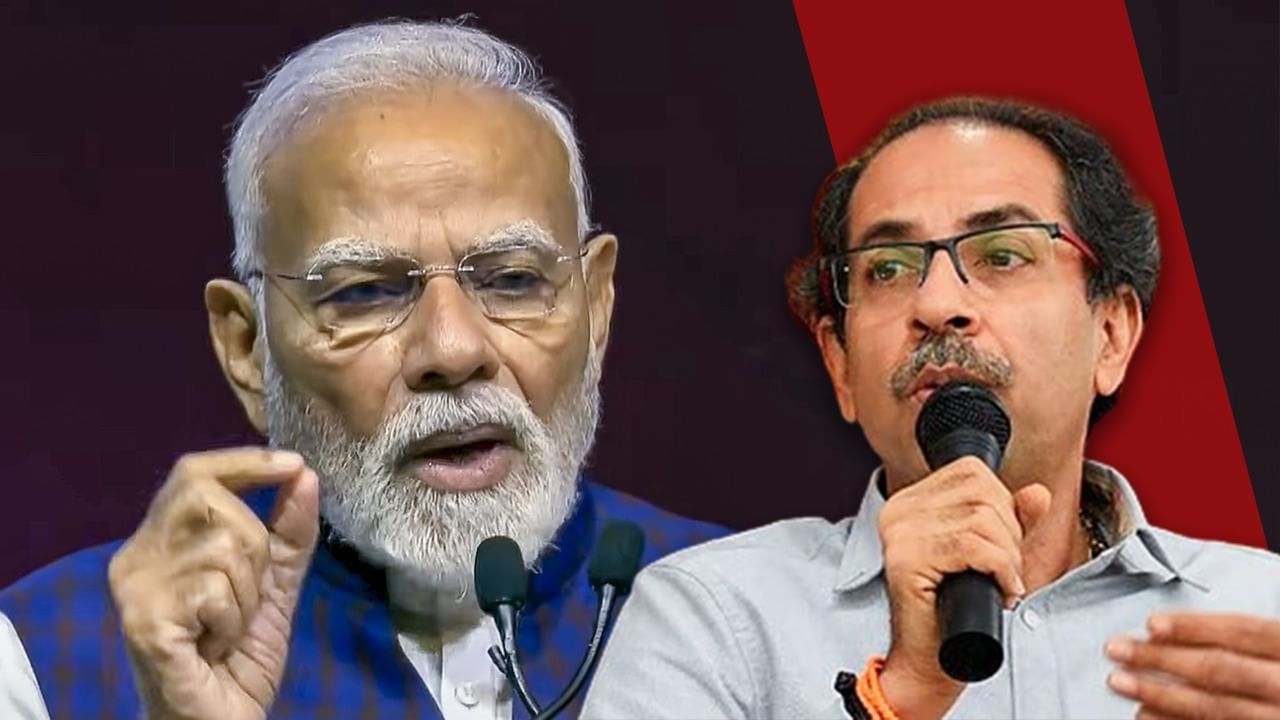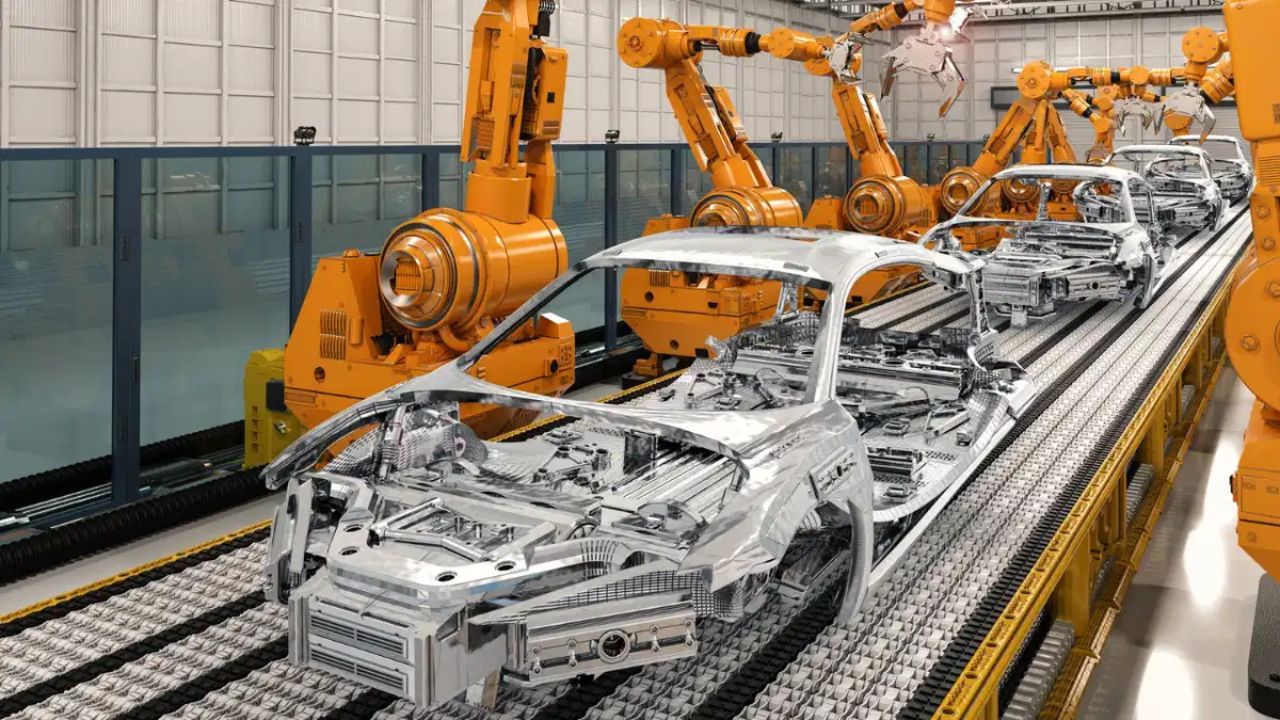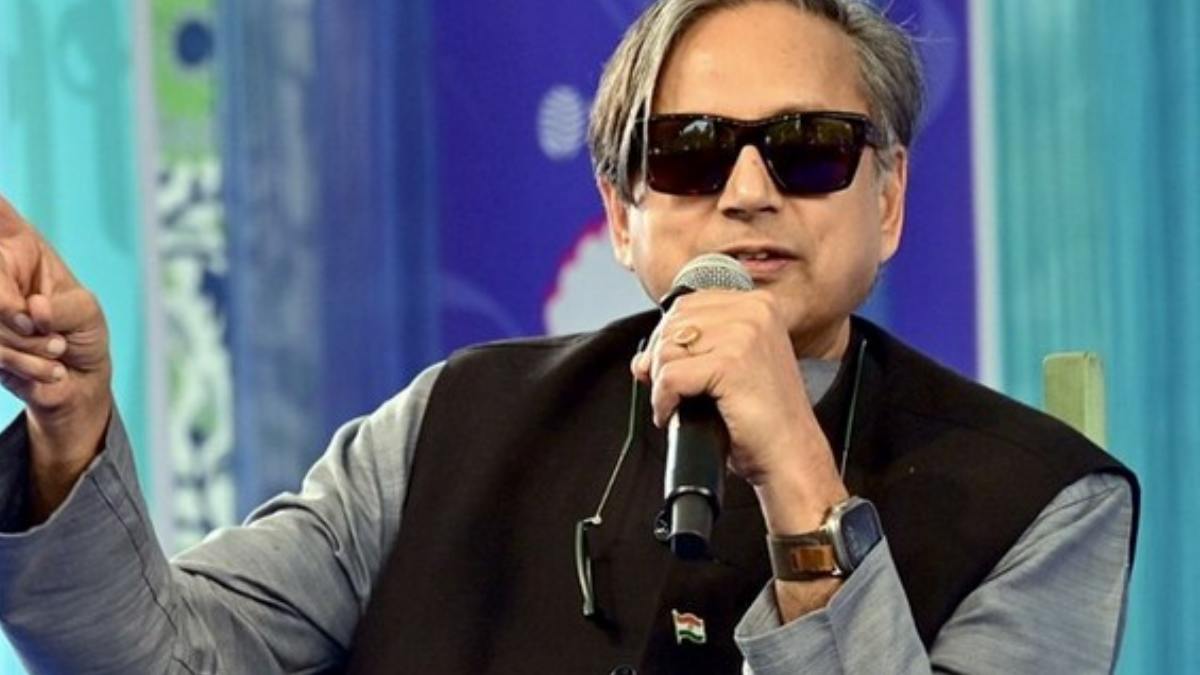Subscribe to Updates
Get the latest creative news from FooBar about art, design and business.
Browsing: Indian economy
Asaduddin Owaisi, the leader of AIMIM, has strongly criticized Prime Minister Narendra Modi’s government over the recent changes to the H-1B visa…
Prime Minister Narendra Modi celebrated his 75th birthday on Wednesday, September 17, 2025. Since assuming office in 2014, PM Modi has spearheaded…
The 8th Bihar Student Parliament was held at the Anugrah Narayan College in Patna, Bihar. The event, organized by Ankit Kumar, saw…
Andhra Pradesh Chief Minister N. Chandrababu Naidu has made a prediction about the 2029 Lok Sabha elections, stating which government will be…
Crisil Ratings Predicts Boost for Two-Wheeler Industry After GST Cut, Sales to Increase by Up to 6%
The recent decision by the Goods and Services Tax (GST) Council has brought significant relief to the Indian automobile sector. According to…
The Shiv Sena (UBT) mouthpiece, Saamana, has criticized Prime Minister Modi’s recent foreign visits to Japan and China. The article questions the…
Siddhartha Lal, Managing Director of Royal Enfield, has called on the government to implement a uniform 18% Goods and Services Tax (GST)…
The current fiscal year is anticipated to be favorable for the Indian two-wheeler market. According to the rating firm ICRA, the Indian…
GST Reform: Changes Could Bring Relief or Hike Prices, Luxury Cars May Become More Expensive
A significant step towards simplifying Goods and Services Tax (GST) in India has been taken. A group of state finance ministers (GoM)…
Proposed GST reforms are expected to bring relief to those looking to purchase small cars. The government is considering differentiating tax rates…
Amidst rising concerns over US tariffs, Prime Minister Narendra Modi emphasized that India’s next major priority should be to enhance self-reliance in…
Demand for Made-in-India iPhones is soaring internationally, as indicated by data shared by vendors with the government. Apple exported $6 billion worth…
Congress MP Shashi Tharoor has expressed grave concern over US President Donald Trump’s decision to impose a 25% tariff on Indian exports.…
The eleven-year tenure of Prime Minister Narendra Modi has been marked by significant progress in India. The nation has witnessed substantial economic…
‘Disgrace To…’: BJP Slams Mamata Banerjee As Bengal CM Disagrees With Rise Of Indian Economy |
KOLKATA/LONDON: West Bengal Chief Minister Mamata Banerjee, during her official visit to the United Kingdom, disagreed with a prediction that India would…
Asserting that the government has no new ideas, the Congress Saturday said Finance Minister Nirmala Sitharaman is walking on the “worn-out path”…


